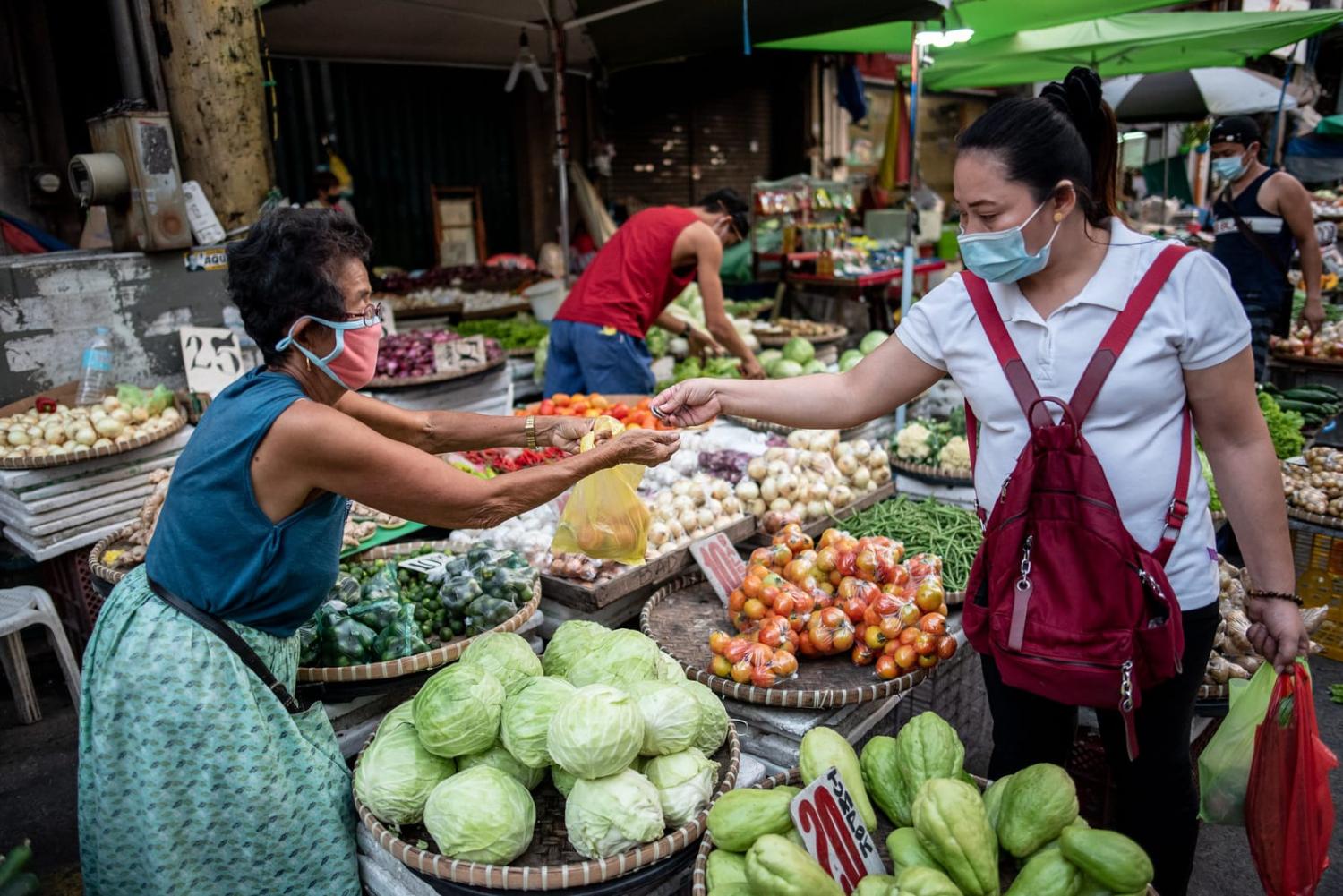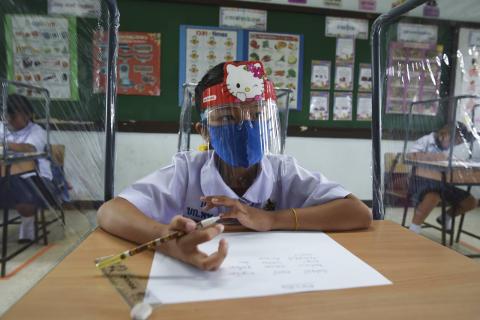The sweeping consequences of Covid-19 have carried a devastating cost right across the world, but especially for less-developed countries that began the crisis at a disadvantage. This is the case for much of Southeast Asia, where the recovery process has also proved stubbornly slow. Most members of the Association of Southeast Asian Nations are finding challenges to address – and most often the issues return to the problem of economic growth.
The pandemic left the worldwide economy fragile. For ASEAN countries, the economic stress has been compounded as the region has transformed into even more of a venue for great power rivalry between the United States and China. It means Southeast Asian nations must be especially cautious when making deals with either great power seeking to help their economic recovery. The priority for Southeast Asian nations should remain their varying regional security issues caused by the pandemic; promises of generous aid should be considered thoroughly.
The optimistic case for the regional economic outlook presented by the Asian Development Bank will see growth in ASEAN rebound from 4.0 to 5.2 per cent in 2022, with trade as a key driver. Growth is premised on an expanded integration drive, with the 2020 launch of the ASEAN Comprehensive Recovery Framework and Implementation Plan. ASEAN has agreed to use the regional free trade agreement RCEP (formally known as the Regional Comprehensive Economic Partnership) as an anchor to establish a greater degree of engagement with international markets. Ironically, the pandemic has helped propel the longstanding ASEAN goal for regional integration – it has also pushed forward a common agenda for health and human security, while at the same time promoting general cooperation.
But ASEAN members were not able to manage the pandemic alone or among themselves. Foreign aid was crucial, particularly in lifting vaccination rates as a turning point for the “new normal”. International assistance will also be the largest contributor to the recovery of ASEAN economies. This need for foreign aid allows outside governments to seek to expand their sphere of influence. ASEAN will remain a strategic locus, geographically, and as a centre for production and trade. Having ASEAN as an economic partner will be a prize for either Washington or Beijing.
Southeast Asian governments remained cautious of any expectation from the large powers that the provision of assistance would come in exchange for allegiance and commitment.
The experience of so-called “vaccine diplomacy” illustrated the opportunity as the United States and China each sought to support ASEAN nations with millions of doses of Covid-19 vaccines and at the same time cultivate influence. The short-term gain for ASEAN was to assist with the rate of recovery – in the health of citizens and the economy – and so the support was welcomed with open arms.
Yet at the same time, some Southeast Asian governments remained cautious of any expectation from the large powers that the provision of assistance would come in exchange for allegiance and commitment. This is consistent with historical experience given that ASEAN is by and large made up of former colonies that aspire to create a regional “safe space” for themselves.
To maintain peace and stability in the region, especially because the free trade agreement under RCEP involves China while the US-proposed Indo-Pacific Economic Framework for Prosperity would generously support the economic growth of ASEAN members during the recovery from the virus impacts, Southeast Asian governments should still preserve a fine line between themselves and the rivalry of the two great powers. As economic security is the main interest of ASEAN, deeper cooperation and regional integration between ASEAN member nations should be the principal discussion. What ASEAN states need most from the great powers, shown through the subsequent waves of the virus last year that further threatened recovery, is support in public goods deficiency, such as vaccine and oxygen shortages. Rivalry and the efforts to entice a “choice” should be guarded against.

